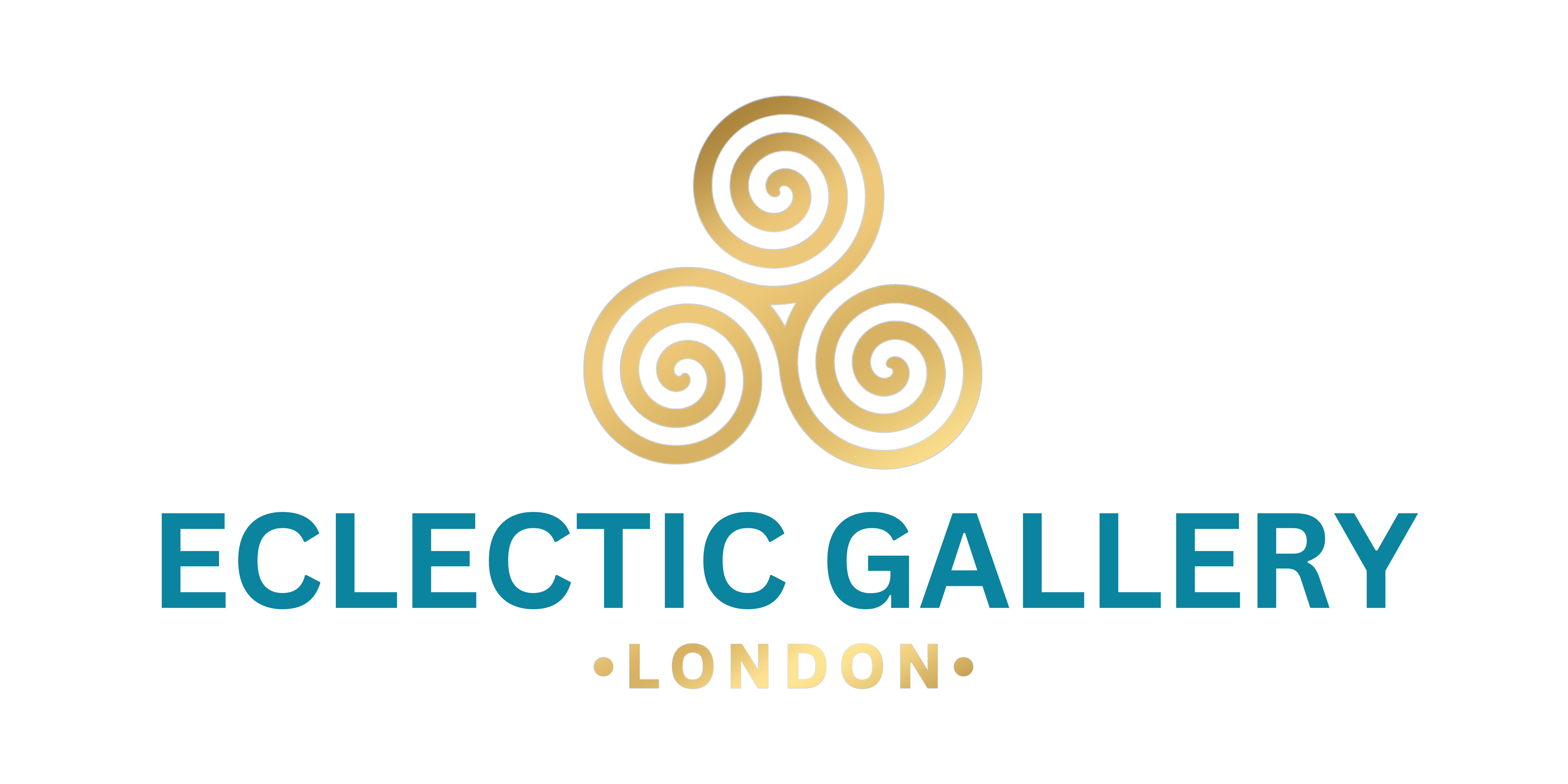Sustainable art practices are those that minimize environmental impact throughout the entire lifecycle of an artwork, from creation to display. This includes using eco-friendly materials, reducing waste, conserving energy, and promoting ethical labour practices. By adopting sustainable practices, artists and art institutions can contribute to the preservation of natural resources and the protection of the planet for future generations.
Making art environmentally friendly involves making conscious choices about materials and processes. This can include using recycled or repurposed materials, choosing non-toxic and biodegradable mediums, and minimizing energy consumption during production. Artists can also reduce their carbon footprint by sourcing materials locally and using renewable energy sources in their studios.
Sustainable development in art refers to the integration of environmental, social, and economic considerations into artistic practices and decision-making processes. It involves balancing artistic expression with environmental responsibility and social equity, ensuring that art contributes positively to both human well-being and the health of the planet.
Eco-friendly art, also known as green art or sustainable art, is art that is created using environmentally friendly materials and processes. This can include artwork made from recycled or organic materials, as well as artwork that addresses environmental themes and promotes sustainability awareness.
Sustainability affects art by challenging traditional notions of artistic practice and encouraging artists to think critically about the environmental impact of their work. Artists are increasingly incorporating sustainability principles into their practice, exploring new materials and techniques that minimize harm to the environment and promote eco-consciousness.
Sustainable art is important because it promotes environmental stewardship, raises awareness about pressing environmental issues, and inspires positive change. By engaging with sustainability themes in their artwork, artists can encourage viewers to rethink their relationship with the environment and take action to protect it.
Some of the most eco-friendly art mediums include recycled paper, reclaimed wood, natural pigments, and organic fibres. These materials have minimal environmental impact and can be easily sourced from sustainable and renewable sources.
There are many different types of sustainable art, ranging from sculpture and painting to photography, installation, and performance art. Each of these mediums offers unique opportunities for artists to explore sustainability themes and promote environmental consciousness.
In conclusion, sustainability in art is essential for promoting environmental stewardship and fostering a culture of sustainability within the artistic community. By embracing eco-friendly practices and creating artwork that promotes environmental awareness, artists can contribute to a more sustainable future for all. At Eclectic Gallery, we represent artists who are committed to sustainability and environmental conservation, including Carlos Arriaga and Manuel Luna, whose artwork addresses the urgent environmental issues we face today.



